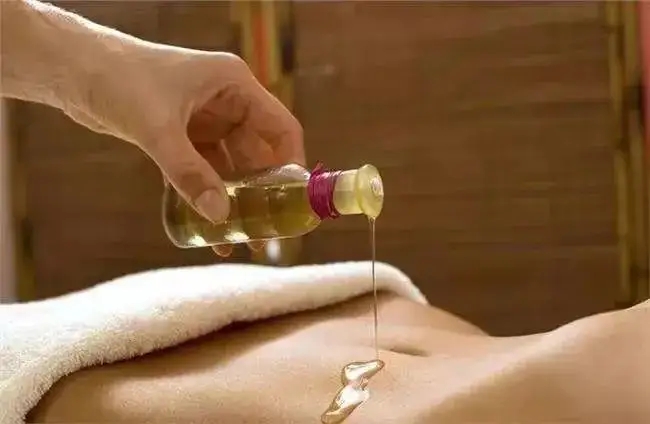Scar Tissue Formation
A new report from the American Society of Plastic Surgeons reveals that Americans spent more than $16.5 billion on cosmetic plastic surgery and minimally invasive procedures in 2018, a four percent increase over the previous year. That is a large group of potential clients who could benefit from your massage therapy services.
This article will focus on how to help clients with the scar tissue that is left from many of these surgical procedures. We will discuss the treatment strategies that would be beneficial, how scar tissue forms, and client education.
The human skin is made up of three main layers: the epidermis, dermis, and hypodermis. When the dermis (the pink middle layer in the cross-section of skin) is injured, the body first responds by making a blood clot in the area to close off the wound. After the blood clots, the body then sends in fibroblasts, a type of cell that helps rebuild skin tissue. These cells break down the clot and start replacing it with protein, primarily collagen that make up scar tissue.
Though both scar tissue and normal skin are made with these same collagen proteins, their appearance is different because of the way the collagen is arranged. In unscarred or normal skin, the collagen proteins overlap in many random directions, density and arrangement can depend on tissue function. In scar tissue, they generally align in one direction, which gives the scar different texture than the surrounding skin. Scar tissue is not as flexible as normal skin, and does not have normal blood supply, sweat glands, or hair.
A scar is part of the body’s repair process. New protein (collagen) fibers replace the injured tissue. The result of the growth is the tissue becomes thicker as well as less flexible. This is one reason why scar tissue makes the joints and muscles around the scar tissue feel stiffer. A very good example of this is the stiffness after a knee replacement. Post-surgery patients are encouraged to flex and move around once the swelling of the injury goes down. This is a helpful step in regaining flexibility of the joints and muscles.
Scars affect our fascial system and the natural web-like matrix of the collagen fibers. Our fascia is designed to withstand tension from all directions to move smoothly with the muscles as they contract and relax. Scar tissue disrupts this smooth movement and, over time, the fascia has a tendency to bind around the site of scarring and create a pull of tension towards the scar tissue. This will not only reduce flexibility but can also cause dysfunctional movement patterns.

Common Surgical Scars
Some of the conditions that will need your help with scar tissue are hip replacements. Depending on where the client’s surgical incision is made, hip replacement scars can disrupt the function of the glutes and IT band. I needed to work on my mother every three weeks to help unbind the scar line from her IT band in order for her to walk.
Knee replacements need help loosening the scar line to allow flexion and extension. The scar line in ankle surgeries can inhibit inversion and eversion of the ankle joint. The scar line in foot surgeries will start an entire kinetic chain problem. Carpal tunnel release surgical scars can inhibit the client’s ability to grasp. These are just a few examples of what can be helped through knowing how to work with scar tissue as a massage therapist.
Bat Wing Removal: A Case Study
Also known as an upper arm lift or brachioplasty, this surgery reshapes the upper arm to tighten loose skin and remove fat that often creates a “bat wing” appearance under the arm. My female client had lost 200 pounds and was left with excess upper-arm skin and fat that she fondly called her “bat wings”.
Four weeks after the brachioplasty, she had complaints of swelling, extreme tightness when fully extending her arm, and pain if she turned the forearm from supination to pronation. She had a scar line that followed the back fascial line.

Assessment
I did a manual muscle test that revealed a contracture in the pronator teres. This might have been a result of the position they had put her in during surgery.
Visually, she had excess edema of the entire arm and loss of elbow extension. I suggested we initially start with some lymphatic drainage, neuromuscular therapy for the contracture and massage cupping to help her regain tissue extensibility and relieve some of the swelling she was experiencing. I explained over a period of time we would be able to add more techniques, depending on her sensitivity levels.
Clients can become very discouraged from the lack of flexibility following surgery Be empathic, encouraging, and try to show them each week they have made some progress in their function.
